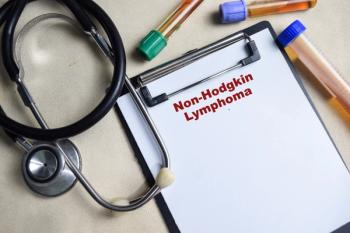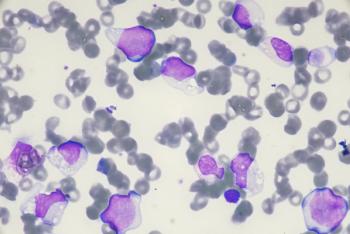
Exploding Cost Category: The GLP-1s for Obesity | 2023 PBMI Annual National Conference
Payers are trying to figure out how to provide access to patients who would benefit from weight loss drugs such as semaglutide but also control costs.
The demand for semaglutide and other GLP-1 drugs that treat obesity is only expected to increase especially as these therapies demonstrate they have benefits beyond weight loss.
U.S. prevalence of obesity increased from 30.5% during the period 1999 to 2000 to 41.9% during the 2017 to March 2020, according to the CDC. Obesity-related conditions, such as heart disease, stroke, type 2 diabetes and certain types of cancer, are among the leading causes of preventable death.
Drugs like Ozempic and Wegovy, two semaglutide products made by Novo Nordisk, as well as Mounjaro (tirzepatide), mimic a hormone called glucagon-like peptide-1 (GLP-1) that targets areas of the brain that regulate appetite and food intake. They were originally approved to treat patients with diabetes.
This category of drugs is growing and contributing to an almost 41% of total market sales growth in 2022. Ozempic and Mounjaro have driven most of the volume growth among GLP-1s in 2022, according to data presented by Doug Long, vice president of industry relations of IQVIA at Pharmacy Benefit Management Institute’s annual conference in Orlando.
But these are also high-cost drugs. Wegovy, for example, has a price of $1,349.02 per package, or $16,188.24 per year. Mounjaro, which is already available to treat type 2 diabetes, is awaiting approval by the FDA for a weight loss indication. Its list price is $1,023.04 per package. According to IQVIA, Lilly’s Mounjaro is the best performing product by sales since Harvoni, a curative hepatitis C treatment, and is outpacing non-insulin diabetes products.
It's likely the use of GLP-1s will increase as they demonstrate other benefits, such as lowering the risk of heart disease. In August, Novo Nordisk released data that showed semaglutide reduced risk the risks of cardiovascular events, including lowering symptoms of a hard-to-treat type of heart failure. Novo Nordisk noted in a press release that is plans to file for a label expansion based on these results.
The demand for these drugs was fueled by social media and direct to consumer advertising, Kerri Tanner, Pharm.D., chief pharmacy officer at consultant PayerAlly, said during a panel discussion at PBMI.
“We have a class of product that has all of a sudden taken off,” she said. “Now the number of patients who are diagnosed as either prediabetic or diabetic has also taken off. There are a lot of questions now about how to control it.”
Tanner said formulary coverage at many insurers and PBMs is using body mass index as a criteria for coverage of GLP-1 products. “But about 40% of the population would quality. So now there are a lot of questions from plan sponsors about maybe increasing the requirements around the use of the GLP-1 to those who are obese by BMI standards or having patients step through a lower cost medication first.”
From a PBM perspective, there isn’t a funding mechanism for the GLP-1s other than the offset of the rebate, Dan Richards, head of commercial sales at Scripius, said during the panel discussion. Scripius (formerly Select Health Prescriptions) is part of Select Health, a nonprofit health plan that serves more than 1 million members in Utah, Idaho and Nevada.
“From a health plan perspective, to create a benefit around GLP-1, it would have to be actuarially sound and funded with premium,” he said. “There's an opportunity for health plans to work alongside their PBM to identify ways to create a benefit design that also includes a weight loss program in addition to the use of GLP-1. If we can do that through an integrated effort, I think we can get in front of this.”
Richards also said its important to work with physicians about who would be the appropriate patients for GLP-1 treatment. “We saw that physicians were originally super focused on putting everybody on the drug. We’re asking them to take a step back to look at whether cardiovascular risk could be addressed with SGLTs (sodium-glucose co-transporters),” he said. SGLTs include drugs such as Farxiga and Jardiance.
Newsletter
Get the latest industry news, event updates, and more from Managed healthcare Executive.





















































